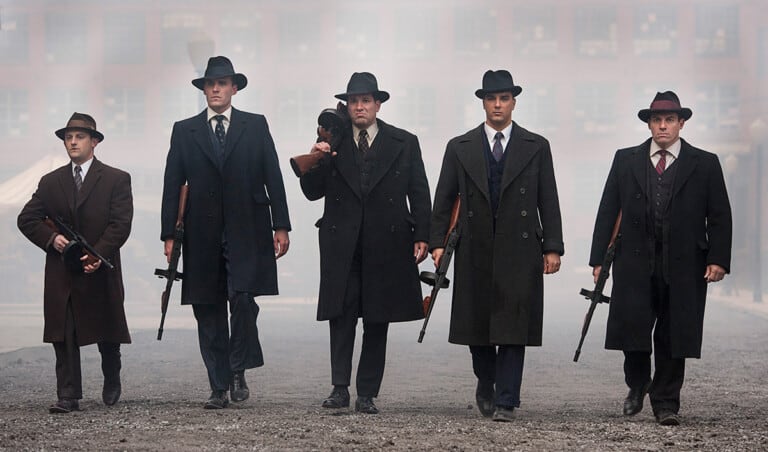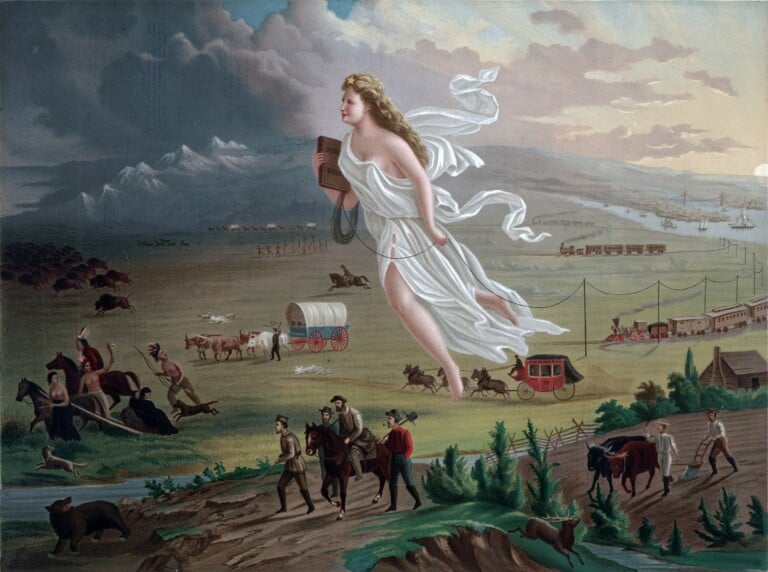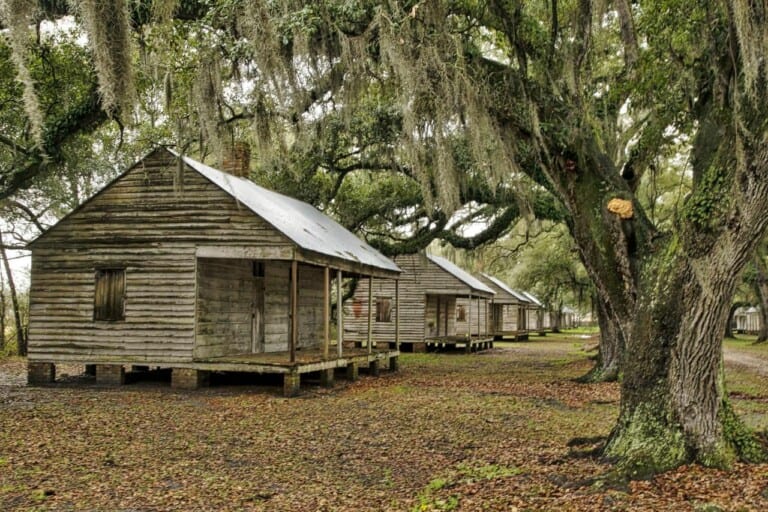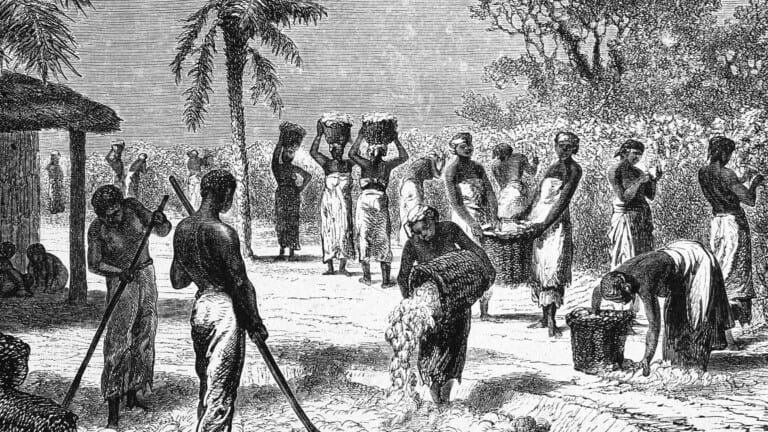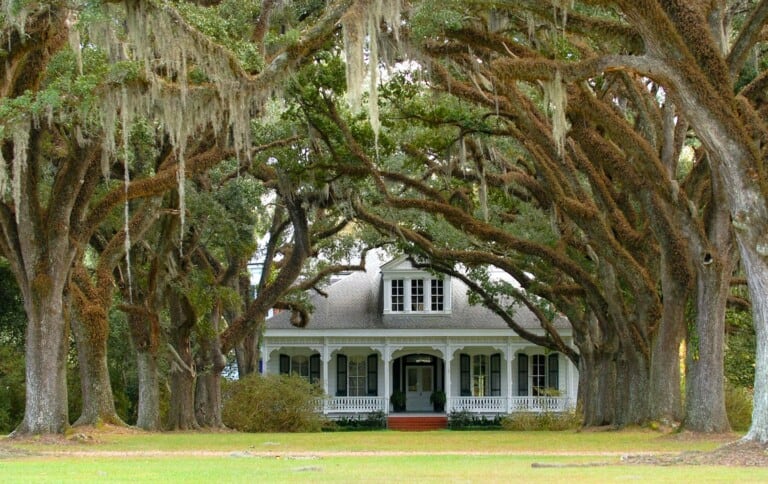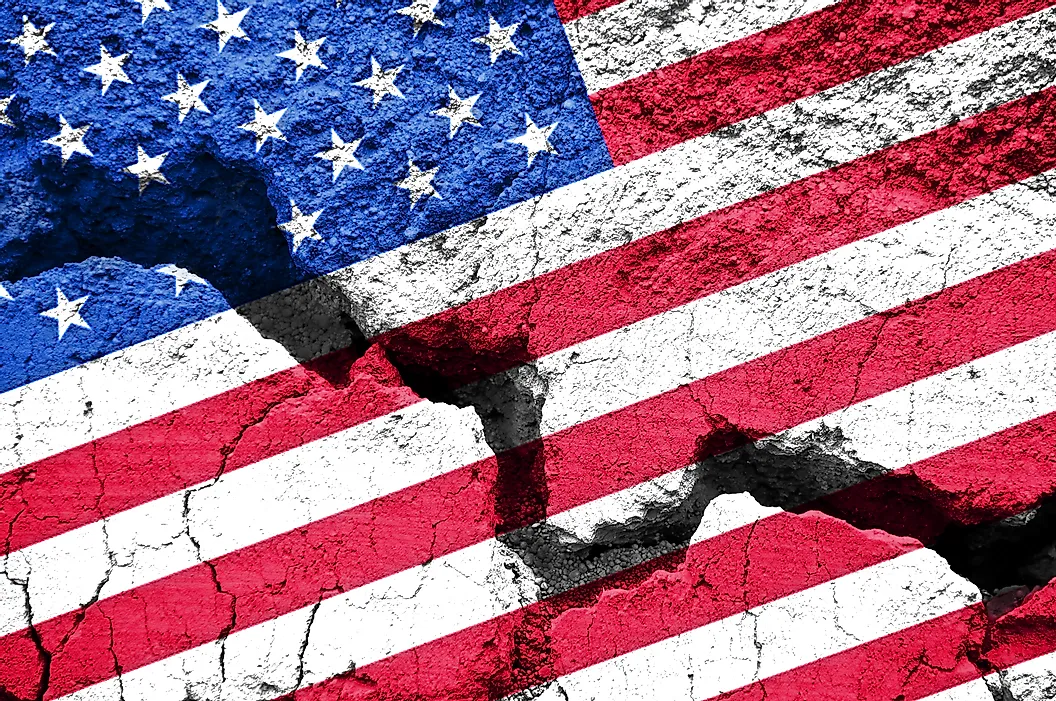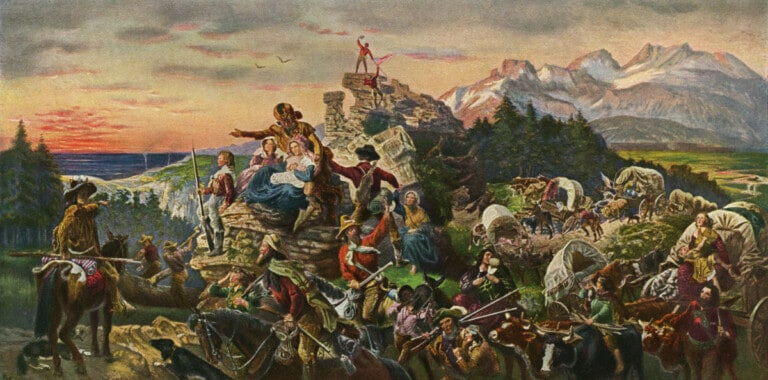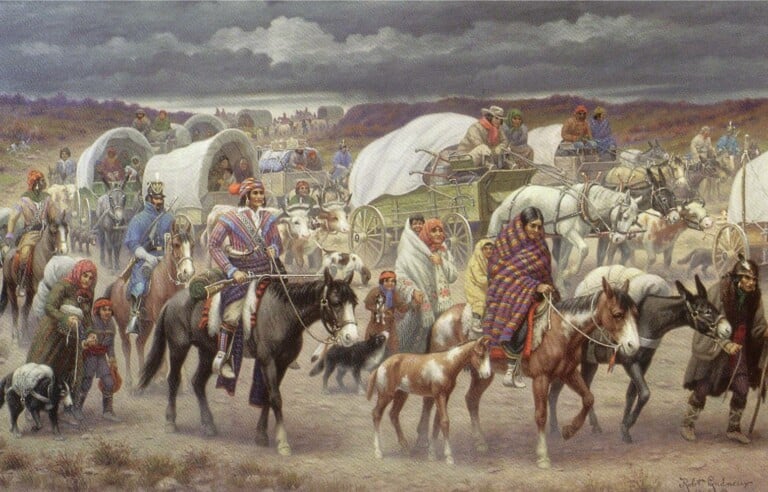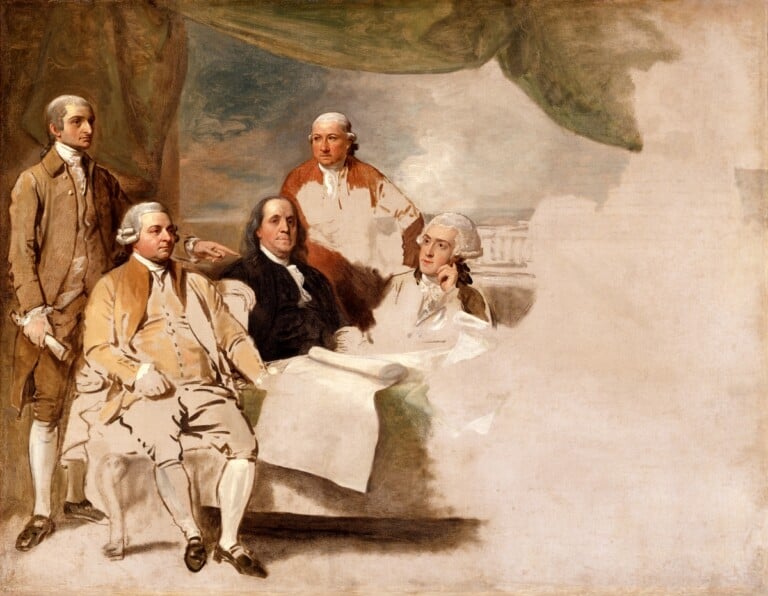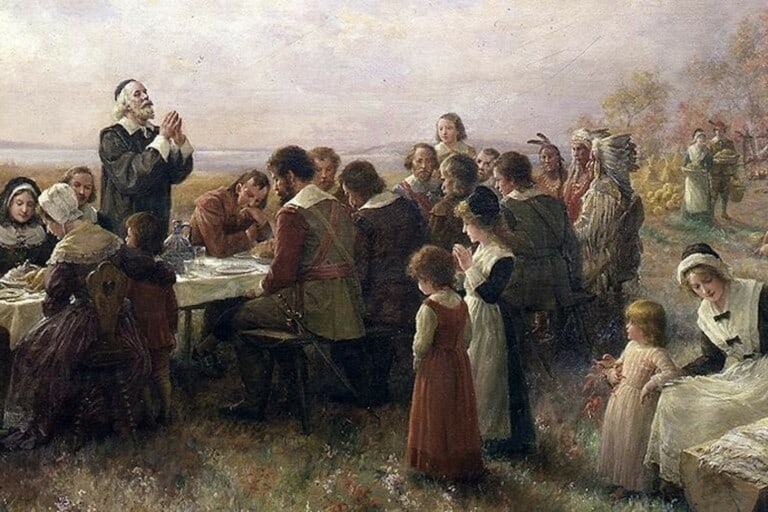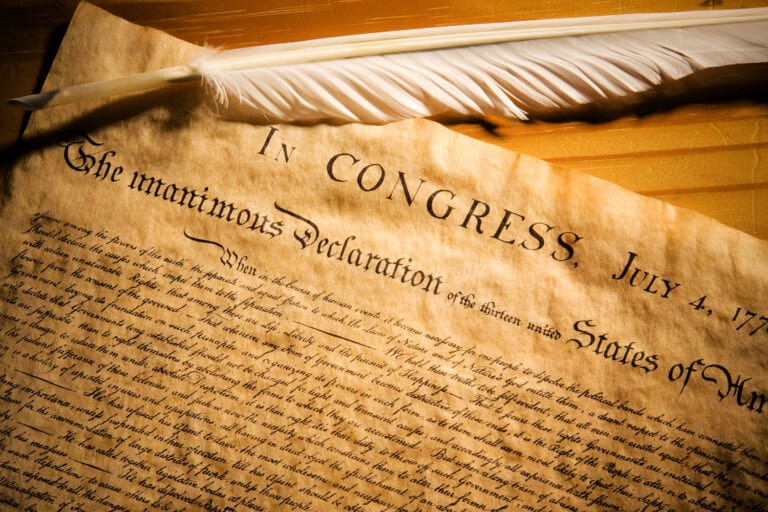Organized Crime in America (1929 – 1951)
1929: Wall Street crash, which forced gangsters to find a new way of making money in a time of recession. 1951: middle of the Cold War.
Kefauver hearings started the huge mystification of the Mafia, discovering that organized crime was still on in the U.S. First TV debates on organized crime.
In history, gangsters and Organized Crime did exist. Between history and culture, there are matters of ideology: in what way does that interact with what was seen on screen?
Presence of censorship and self-regulation for films. Sometimes people wanted to ban or censor gangster films: interactions between politics, culture and crime. Movies influenced the war against crime.
The history of Hollywood is that of people for and against those movies. Creation of compromises: “production code” (not censorship) to see what people disliked and to escape post-censorship.
But how censorship is possible in the US? (c.f. the first Americans and the liberty of expression). It was considered as a commercial venture. A way of skirting the censorship was to show 2 shots to see a person killed instead of one (the latter was prohibited).
